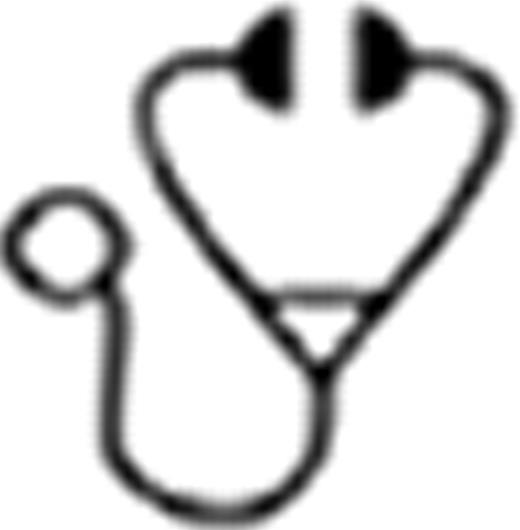Abstract
Salvage Therapy with Azacitidine Increases therapy for patients (pts) with AML and MDS. However, relapsed disease continues to be the most common reason for treatment failure. There is no standard treatment for relapsed disease after SCT. Treatment options range from supportive care alone to chemotherapy and donor lymphocyte infusion (DLI) and up to a second SCT from the same or a different donor. However, the most effective therapy is controversial and treatment results are often poor. We retrospectively analyzed the outcomes of 475 adult pts with AML (n=378) and MDS (n=97) given allogeneic SCT in a single institution over a 12 year period. The median age of this patient group was 54 years (range, 17–76), 279 men, 196 women. The donor was an HLA-matched sibling (n=246), 1-antigen mismatched related (n=10), or matched unrelated (n=219). Disease status at SCT was early (n=186), intermediate (n=87) or advanced (n=202) by CIBMTR criteria. The conditioning regimen was myeloablative (MAC, n=123), reduced-intensity (n=121) or reduced toxicity MAC (RTC, n=231).With a median follow-up of 40 months (range, 2 months – 12 years), 210 pts are alive, 103 died of non-relapse causes (NRM), 193 relapsed and 162 of them died. The cumulative incidence of relapse was 44% (95%CI, 39–49) and advanced disease at SCT was the only predicting factor for relapse, HR 2.3 (p< 0.001). Pts were given supportive care or low-dose chemotherapy alone (n=70), intensive chemotherapy ± DLI (including SCT from the same donor, n=99) or a second SCT from a different donor (n=24). In all, the median overall survival (OS) was 2.8 months, and the 2-year OS was 12% (95% CI, 7–17%). Among the 24 pts having a second SCT from a different donor, the median age at second SCT was 50 years (19–78). 18 pts were initially given SCT from a matched sibling, 12 were re-transplanted from a second sibling and 6 from an unrelated donor. Six pts were initially transplanted from an unrelated donor and re-transplanted from a different unrelated donor. The initial conditioning regimen was MAC (n=10), RTC (n=11) or RIC (n=3). The second regimen was most often fludarabine and treosulfan (FT, n=14) for those not previously given treosulfan, including all previously MAC recipients. Other regimens were fludarabine and busulfan (n=6) or FLAMSA (n=4). The median time from the first SCT to relapse was 14 months (2 months – 9 years), 6 within 6 months. The median time from first relapse to second SCT was 3 months (range, 1–41 months). 9 pts were in remission at second SCT with prior therapy, 9 were chemo-refractory, and 6 were re-transplanted with no attempts of re-induction. The median follow-up of surviving pts is 16 months (range, 2–74). 22 pts engrafted in a median of 13 days (range, 9–26). 2 pts died early from infections and 2 from GVHD and the cumulative incidence of NRM was 17% (95%CI, 7–42). 11 pts relapsed after second SCT, cumulative incidence 52% (95%CI, 34–79) 8 of them died. The estimated 2-year OS is 40% (95%CI, 16–63) and the 2-year disease-free survival is 31% (95%CI, 11–51). Pts re-transplanted in chemo-sensitive or untreated relapse had a better outcome than those with chemo-refractory relapse, 2 year OS 57% and 13%, respectively (p=0.02). Pts given FT for second SCT also fared better than the other regimens, 2-year OS 63% and 13%, respectively (p=0.02). 2 of 6 pts with relapse less than 6 months after SCT are long-term survivors after second SCT. The outcomes after second SCT seem better than the 12% 2 year OS of the entire relapsing patient group. To minimize the time bias of pts been able to have a second SCT, we compared their outcomes to the subgroup of 68 pts who were alive at least 3 months after relapse and theoretically been able to have a second SCT from a different donor. 14 pts in this subgroup are alive with an estimated 2-year OS of only 15% (95%CI, 4–22, p=0.02). Among these 68 pts, 37 achieved remission with re-induction, and were alive at least 3 months after relapse, and their 2-year OS was 26%, which is also inferior to the 2-year OS of 57% in pts re-transplanted in sensitive or untreated relapse (p=0.05). In conclusion, a second SCT from a different donor is feasible in a subset of pts with AML and MDS relapsing after SCT. Toxicity with the new RTC regimens, such as treosulfan-based is acceptable. This is a promising option for pts able to be successfully re-induced or re-transplanted early with a pre-identified second donor. These observations merit further confirmation in larger studies.
No relevant conflicts of interest to declare.

This icon denotes a clinically relevant abstract
Author notes
Asterisk with author names denotes non-ASH members.


This feature is available to Subscribers Only
Sign In or Create an Account Close Modal